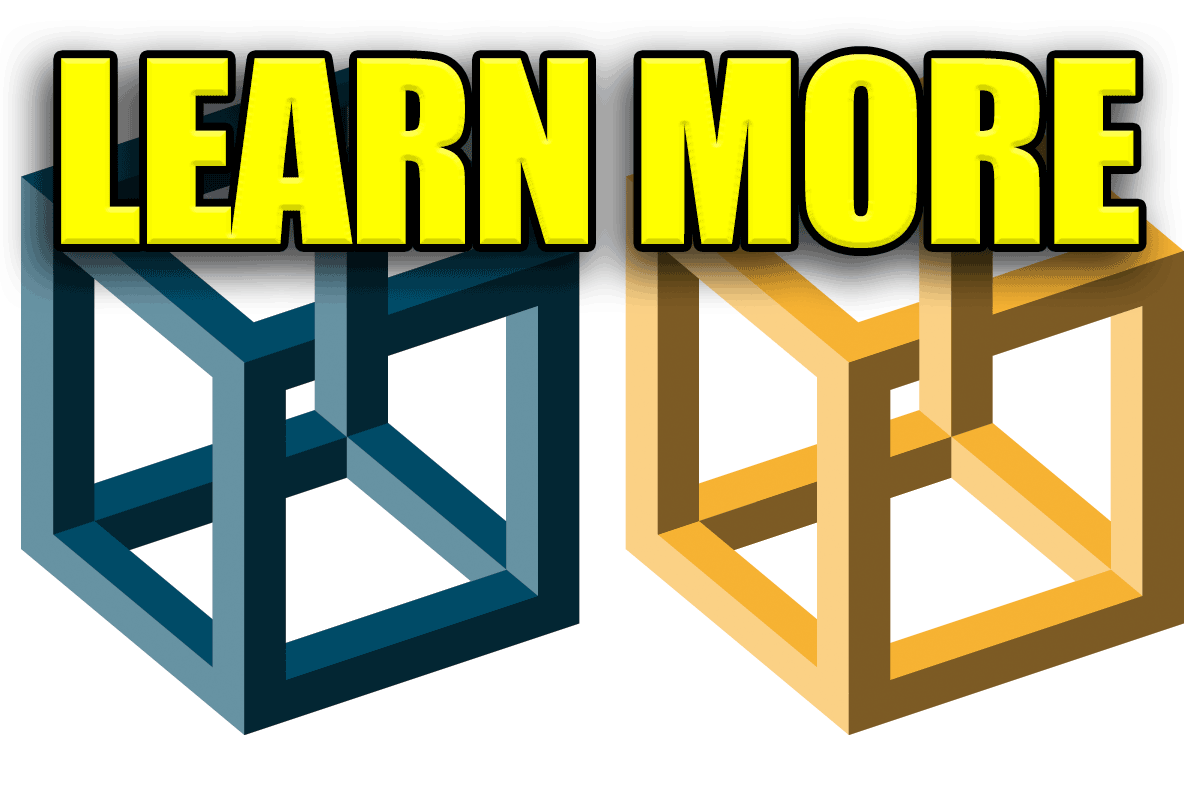Explain Yourself
I heard an interesting story once.
A guy was teaching a seminar.
And asked how many sides does a cube have.
One guy raised his hand.
“Two,” he said.
“Explain yourself,” said the instructor.
“Inside and outside” he replied
“Fantastic. Anybody else?” Said the instructor.
Another person raised their hand.
“Four.”
“Go ahead.”
“In right side, front side, left side, back side.”
“What about the top and bottom?” Asked the instructor.
“Top and bottom are not sides.”
Another person raised their hand.
Six, they said, explaining.
Another person.
Twelve, they said, explaining.
Very good, said the instructor.
Correct Interpretations
The answer is whatever you want it to be, so long as you can justify your answer.
Scientists can kind of “cheat” by cherry picking the data they want to support their conclusions.
In business this is called “goal seeking.”
Which is a useful term, under the proper context.
Like if their goal is to increase profits by 10%, then they figure out how to get there.
There’s even a “goal seeking” function in Excel.
You set up your spread sheets with all the inputs for your desired outcome.
Then you play around with the inputs to see how you might get the outcome you want.
Kind of like if you like to bake cookies from scratch.
Cookie Party
And your baking cookies for a kids birthday party.
The outcome would be how many cookies you need.
Assuming each kid will eat X number of cookies per hour.
Then you “goal seek” all the inputs.
Flower, eggs, milk, chocolate chips, etc.
You could even use excel to set up a goal seeking spread sheet.
Even before you knew how many kids would come to the party, and how long the party would be.
Number of kids multiplied by the number of hours (assuming an average kid eats X cookies per hour) would give you the inputs.
So as soon as you found out the number of kids, and the length of the party, you could plug it in and buy your ingredients.
But some people goal seek for the wrong reasons.
Like scientists to cheat on studies so they can get the results they want.
This is pretty common in the realm of research.
Dismal Science
All studies cost money.
And the people who pay for the studies generally like to only pay for things if they know they are going to benefit.
We humans also cheat this way.
All the time.
We subconsciously calibrate our confirmation bias to get the results we want.
This is the meaning of the famous statement:
If you believe you can, or if you believe you can’t, you’re right.
Our beliefs drive our filters.
Our filters control what we see.
What we see is what we THINK we believe.
But this only a suggestion.
A factory setting.
But it really is a much, much more flexible system.
One that YOU can program at will.
Learn How:
Social Anxiety Killer
Learn Hypnosis

Mind Persuasion has plenty of books and courses to teach you how to speak hypnotically and persuasively.
$9 Training
Mind Persuasion Books
Mind Persuasion Courses
$5 Subliminal Programs
Full Courses